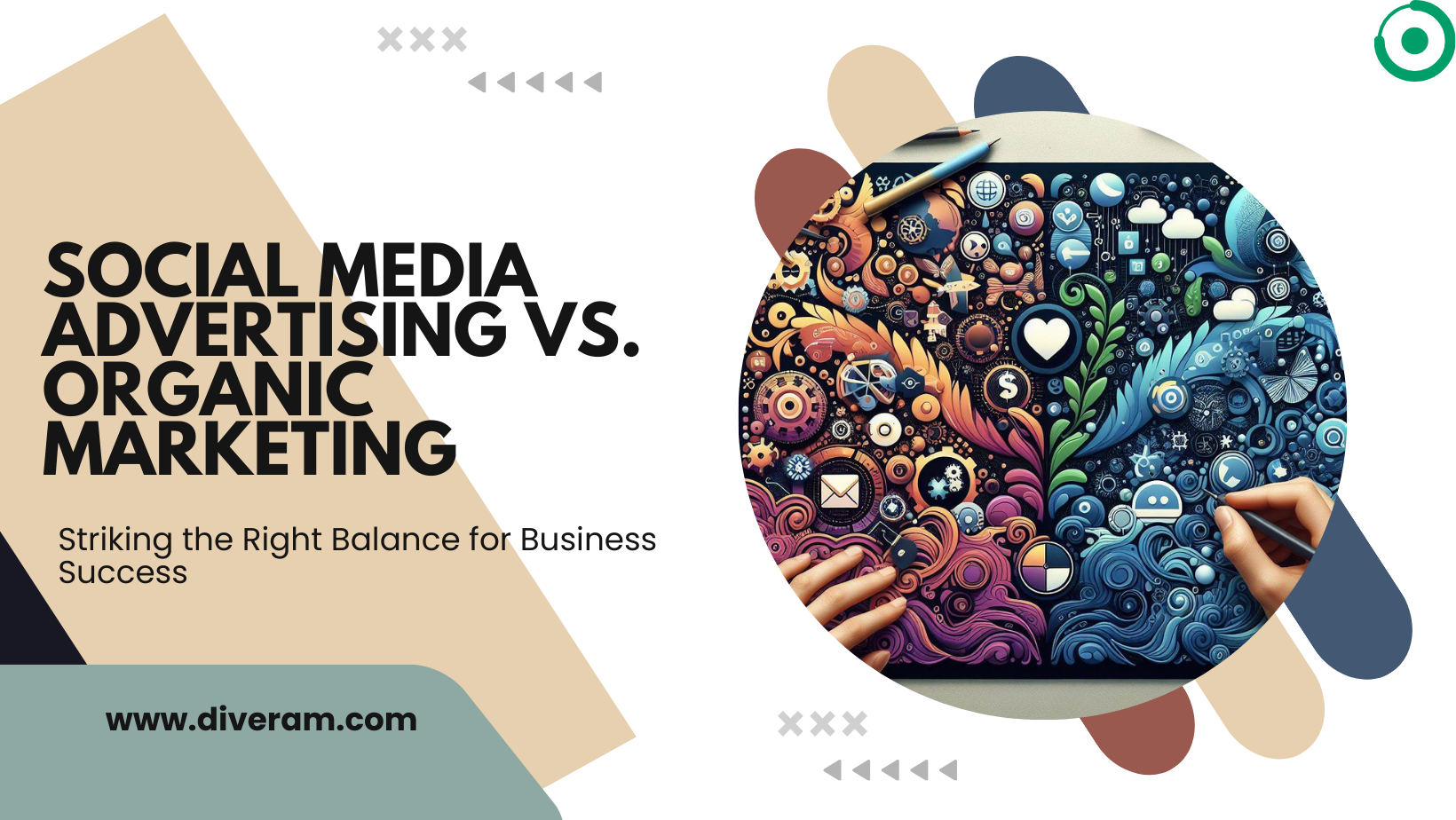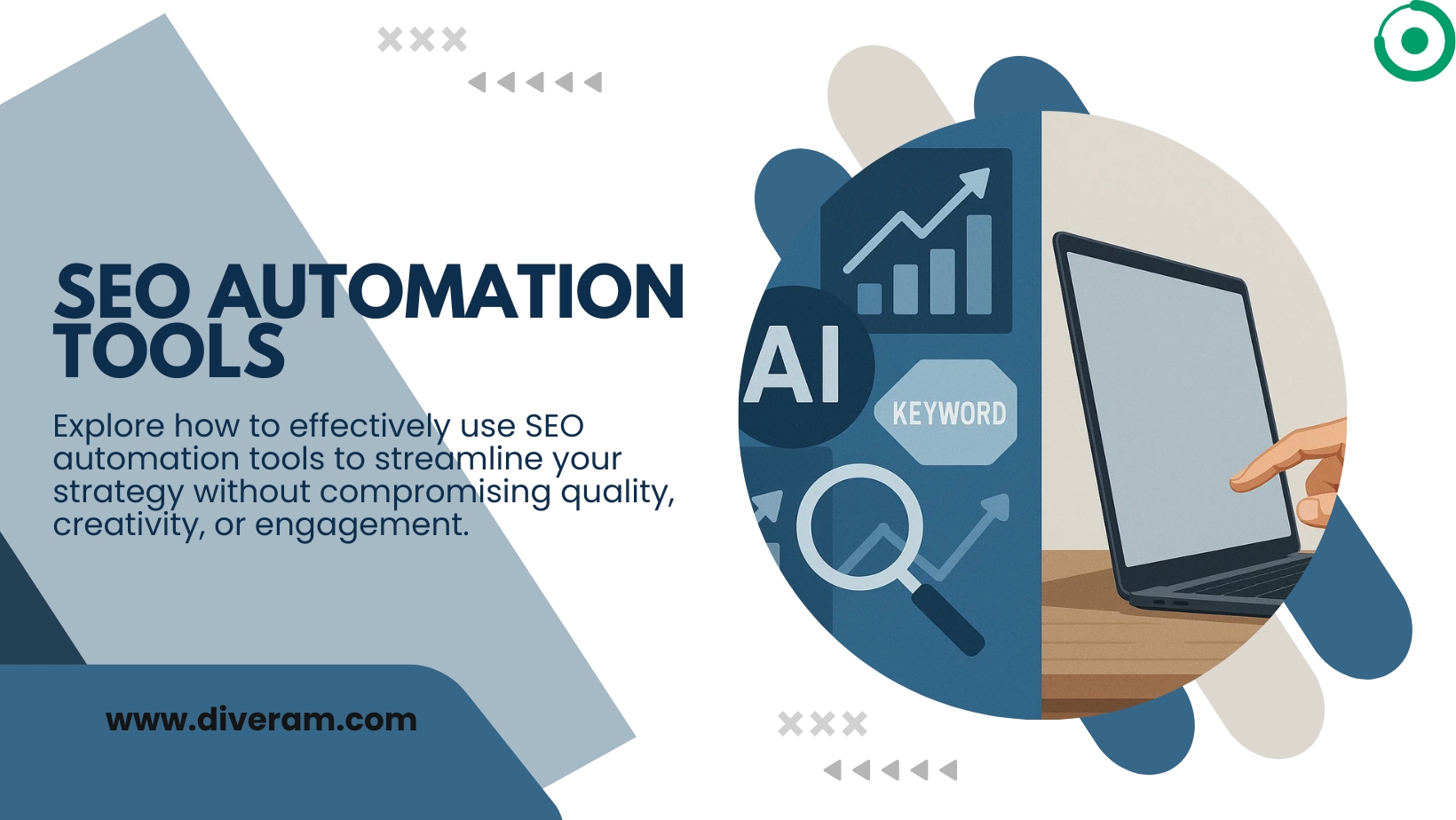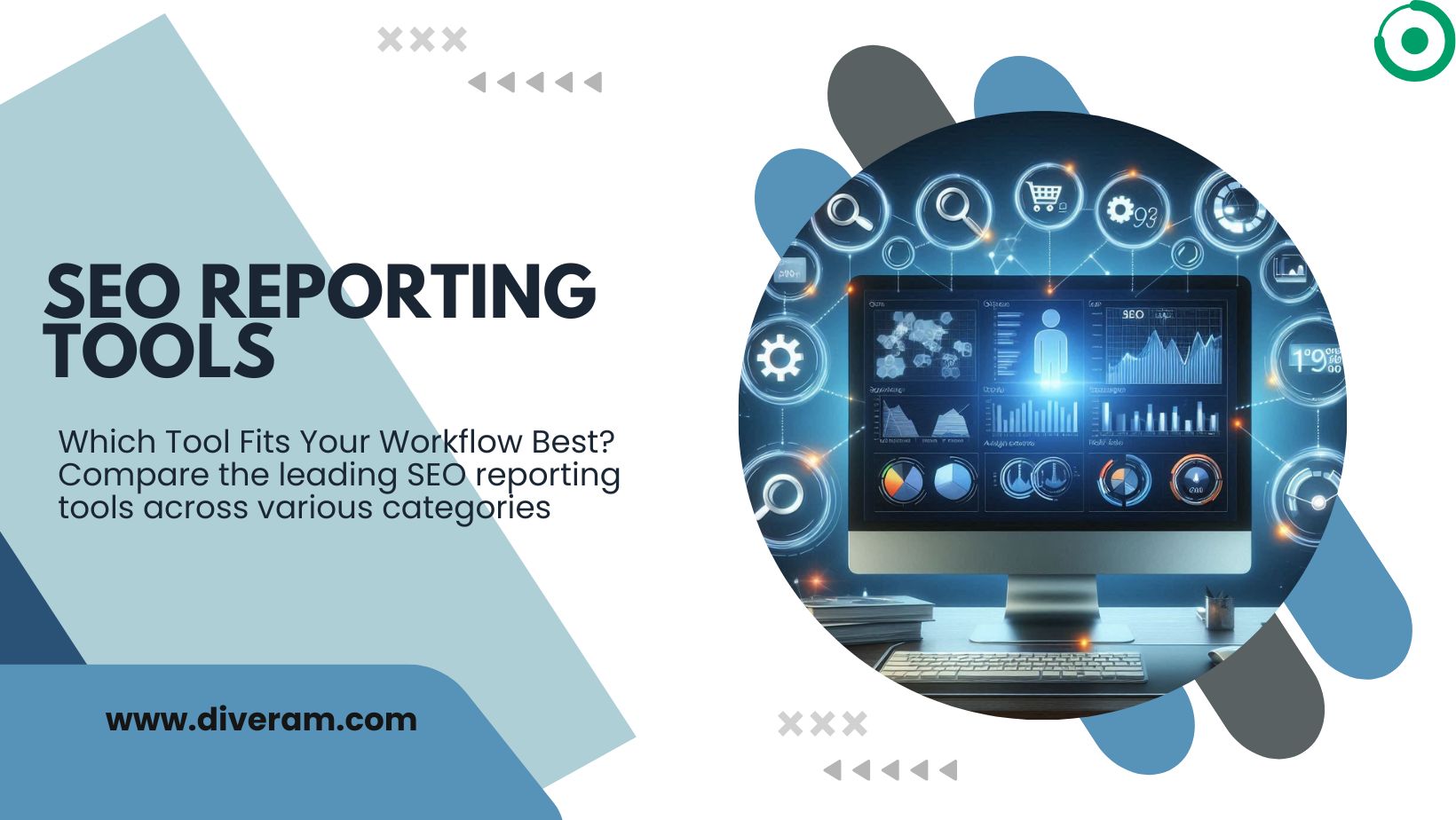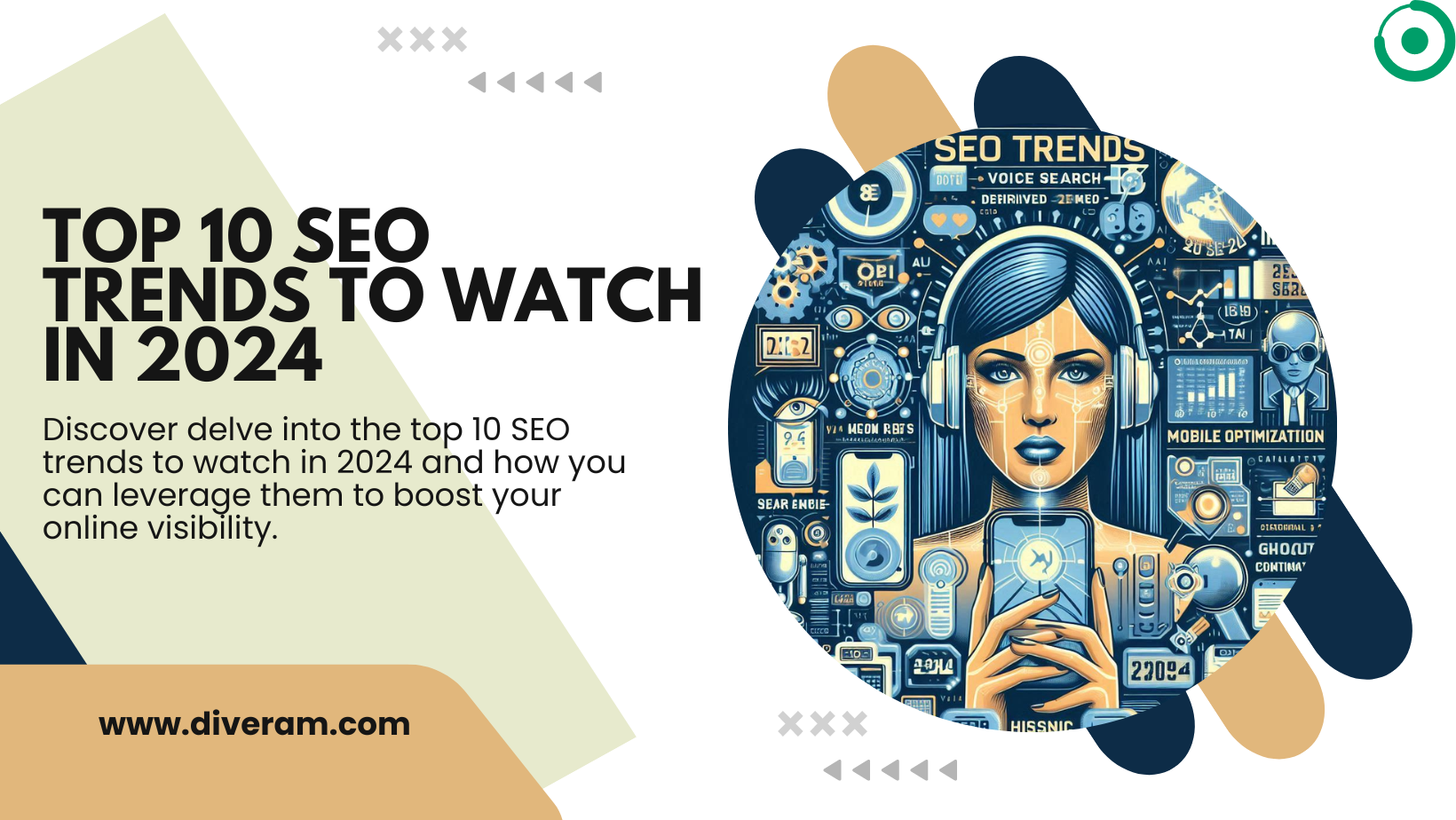Social Media Advertising vs. Organic Marketing

In the fast-paced digital landscape, businesses are constantly seeking effective ways to reach their target audience and boost brand visibility. Two prominent strategies that often come into play are Social Media Advertising and Organic Marketing. Understanding the nuances of each and finding the right balance for your business is crucial. In this article, we’ll delve into the pros, cons, and best practices of both approaches, helping you make an informed decision.
Understanding Social Media Advertising
Social Media Advertising offers immediate visibility, enabling businesses to showcase their products or services to a targeted audience. The advantages are evident:
Immediate Visibility: Social media ads provide instant exposure, ensuring that your message reaches a wide audience promptly.
Targeted Audience Reach: Platforms like Facebook and Instagram allow for precise targeting based on demographics, interests, and online behavior.
Metrics and Analytics: With detailed analytics, you can track the performance of your ads, measure engagement, and optimize campaigns for better results.
However, there are drawbacks:
Cost Implications: While effective, social media advertising can be expensive, especially for small businesses with limited budgets.
Ad Fatigue and Banner Blindness: Over time, users may become immune to repetitive ads, leading to ad fatigue and banner blindness.
Exploring Organic Marketing
Organic Marketing, on the other hand, focuses on building trust and credibility over time. It is a long-term investment with sustainable results:
Establishing Trust and Credibility: Through consistent, high-quality content, businesses can establish themselves as authorities in their industry, fostering trust among their audience.
Sustainable Long-Term Results: Organic marketing efforts, such as SEO and content marketing, can yield enduring results, even after the initial effort.
Cost-Effectiveness: While it may require time and effort, organic marketing is generally more cost-effective compared to paid advertising.
Yet, organic marketing has its challenges:
Time-Consuming: Results may take time to materialize, and building a robust organic presence requires patience and persistence.
Limited Control: Unlike paid advertising, organic marketing offers limited control over the timing and reach of your message.
Factors to Consider Before Choosing
Before deciding on a strategy, consider various factors:
Budget Considerations: Evaluate your budget and weigh the short-term costs of social media advertising against the long-term investment in organic marketing.
Business Goals and Objectives: Define your business goals – whether you prioritize short-term gains, like lead generation, or long-term objectives such as brand awareness.
Target Audience Analysis: Understand your audience’s preferences. Some demographics may respond better to organic content, while others may be more receptive to targeted ads.
Best Practices for Social Media Advertising
For successful social media advertising, follow these best practices:
Choosing the Right Platforms: Identify the platforms that align with your target audience, considering the strengths each platform offers for advertising.
Compelling Ad Copy and Visuals: Craft engaging content that resonates with your audience, conducting A/B testing to optimize your approach.
Best Practices for Organic Marketing
When focusing on organic marketing, keep these practices in mind:
Content Creation Strategies: Develop SEO-friendly blog posts and social media content that encourages sharing and engagement.
Building and Nurturing Online Communities: Actively engage with your audience, responding to comments and messages to build a sense of community.
Measuring Success and ROI
Whether you choose social media advertising or organic marketing, tracking metrics is crucial:
Metrics for Social Media Advertising: Monitor metrics such as click-through rates, conversion rates, and return on ad spend (ROAS).
Metrics for Organic Marketing: Track traffic from organic sources, keyword rankings, and social media engagement metrics.
Conclusion
In the ever-evolving digital landscape, the choice between Social Media Advertising and Organic Marketing isn’t binary. It’s about finding the right balance that aligns with your business goals, audience preferences, and budget. By strategically integrating both approaches, you can create a robust online presence that stands the test of time.
For a comprehensive approach to your digital marketing strategy, consider leveraging the services of Diveram. Our team specialises in crafting tailored solutions that seamlessly blend social media advertising and organic marketing for optimal results. Take the next step toward digital success – choose Diveram as your strategic partner today.
In conclusion, finding the right balance between Social Media Advertising and Organic Marketing is a nuanced process that requires careful consideration of your business goals, audience, and budget. With the right strategy, and perhaps the assistance of services like Diveram, you can navigate the digital landscape successfully.




